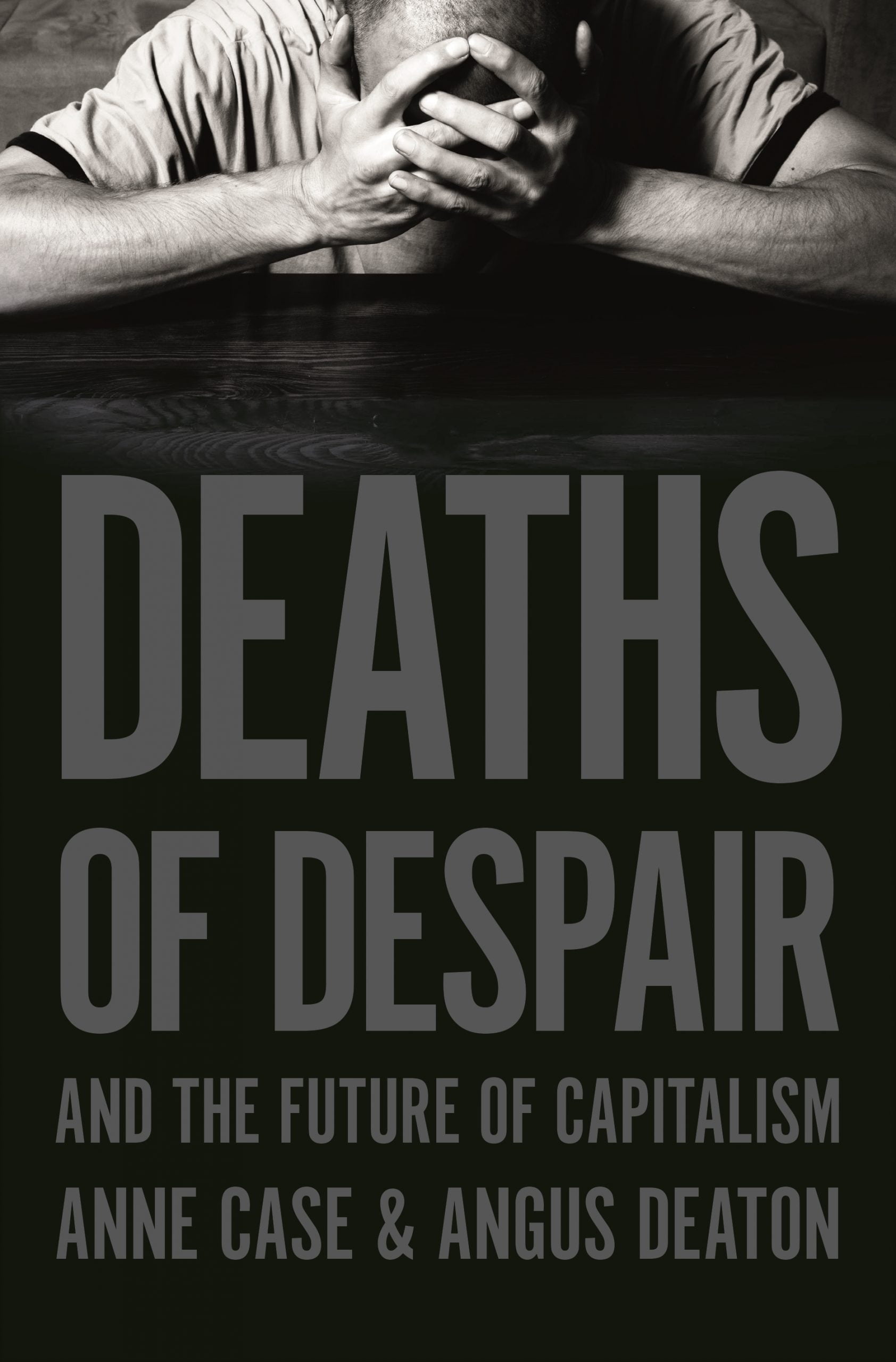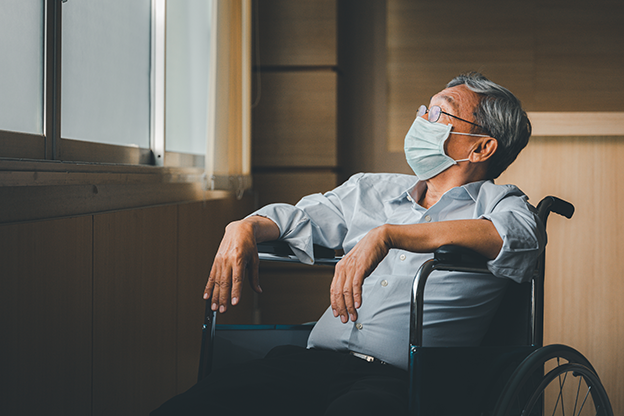
Despair Grips Lower-Paid White Workers
 Long before COVID-19 upended our world, the lives of lower-paid, less-educated workers had already been coming apart.
Long before COVID-19 upended our world, the lives of lower-paid, less-educated workers had already been coming apart.
“It’s the other epidemic, but it’s an epidemic that’s been occurring under the radar for a long time,” Anne Case said in her keynote address for the annual meeting of the Retirement and Disability Research Consortium, which was held online early this month.
Case, a Princeton University economist, was referring to the findings from her seminal work on the deterioration in financial well-being and rising death rates among white, non-Hispanics without a bachelor’s degree. Case, along with her husband, Angus Deaton, also at Princeton, have just published a book on their research, “Deaths of Despair and the Future of Capitalism.”
The deaths of despair they refer to are due to drug addiction, liver disease from alcoholism, and suicide. In writing this book, they are shining a spotlight on a phenomenon affecting people who no longer have a voice, in part because labor unions, once powerful advocates, have declined.
In 2018, some 158,000 white adults of all ages without a college degree died from addiction, alcoholism and suicide, according to Case and Deaton’s research – more than double the number in 1992 and on par with COVID-19 deaths to date.
But the death rate is just the tip of an iceberg of woe that includes an increase in physical pain, declining mental health, and a loss of a sense of self, Case said.
One disturbing trend is the relatively recent phenomenon of rising suicides among white women without a bachelor’s degree. Although suicides among their male counterparts are still much higher, women’s suicides in recent years have been increasing at roughly the same pace.
What is at the root of this despair? Case provides economic explanations, including a long-term decline in men’s wages and in the percentage who are employed. However, economics is inadequate to explain the despair.
Lower-paid, less-educated workers feel their lives have lost meaning, she said, as marriage rates have declined and their jobs – if they have one – may be in industries that outsource them as contract or temporary workers or as delivery drivers with no real attachment to an employer.
“People are left out there flying on their own,” which, she said, is a recipe for suicide.
Unfortunately, Case sees nothing to indicate that the trend she and her husband have identified will end anytime soon. What’s needed, she said, is the political will to support lower-paid workers, “reweave the social contract” between employers and employees, and, finally, reform health care to alleviate this financial burden on lower-paid workers.
Ending on a hopeful note about health care reform, Case said, “COVID may give us the opportunity to do that.”
Read more blog posts in our ongoing coverage of COVID-19.
Squared Away writer Kim Blanton invites you to follow us on Twitter @SquaredAwayBC. To stay current on our blog, please join our free email list. You’ll receive just one email each week – with links to the two new posts for that week – when you sign up here. This blog is supported by the Center for Retirement Research at Boston College.
Comments are closed.







This is the trickle down theory at work..